TechRadar Verdict
Samsung Galaxy A50s doesn’t look like a definitive update to the Galaxy A50 and is more of an incremental upgrade. A large focus here has gone into bringing the 48MP camera to the A-series. Hence it is a much-refined phone from the A50 but doesn’t come close to the competition's offerings.
Pros
- +
Good built quality
- +
Vibrant AMOLED screen
- +
Decent primary camera performance
- +
Ultra-wide angle lens, a hit or miss affair
- +
Support for fast-charging
Cons
- -
Camera falters in low-light
- -
Disappointing performance
Why you can trust TechRadar
Samsung has announced an update to its Galaxy A50 from earlier this year-- the Galaxy A50s which just went on sale. The A50s brings some of the camera features found in the company’s premium phones to the mid-range segment. And there’s a new chipset that powers the phone along with support for Samsung Pay.
We were highly impressed with the display and build quality of the Galaxy A50 but the cameras left us out asking for more. Likewise, Samsung’s OneUI didn’t feel as polished in regular use which is often a pain point for buyers.
So, does this incremental update bring any distinguishing features to the table or remains just another phone by the South Korean electronics maker? Here’s what we found out.
Price and availability
Samsung Galaxy A50s is priced starting at Rs 22,999 with 4GB RAM and 128GB storage. The second variant has 6GB of RAM and 128GB storage to boot, is priced at Rs 24,999. The Galaxy A50 was released at the same prices but one can find it retailing at Rs 18,490(4GB + 64GB) and Rs 21,490 (6GB + 64GB) officially.
The A50s is available across leading online retailers, Samsung India online shop and Samsung Opera House in Bangalore.
It comes in three colours-- Prism Crush Black, White and Violet. Samsung sent us the Prism Crush Violet colour of the top-end variant (6GB RAM + 128GB) for our review.
Design

Following the lines of the Galaxy A50, the A50s also features a glossy and reflective coating that produce visually appealing hues of different colours. However, this time the back panel has been tweaked to include a prism-like design which only accentuates the reflective colours. It isn’t as lustrous as the design on the A50 and looks decent.
Sign up for breaking news, reviews, opinion, top tech deals, and more.
Due to the reflective coating, the back is also susceptible to fingerprints and smudges very easily and one would have a really hard time keeping the back of the phone clean.
There’s a camera module situated on the top-left corner of the phone followed by a LED flash. The company initials are engraved into the back panel and is centrally positioned. This is a similar setup as we have seen on the A50.
The volume rocker and power on/off button is placed on the right edge while the SIM-card slot is present on the left edge.

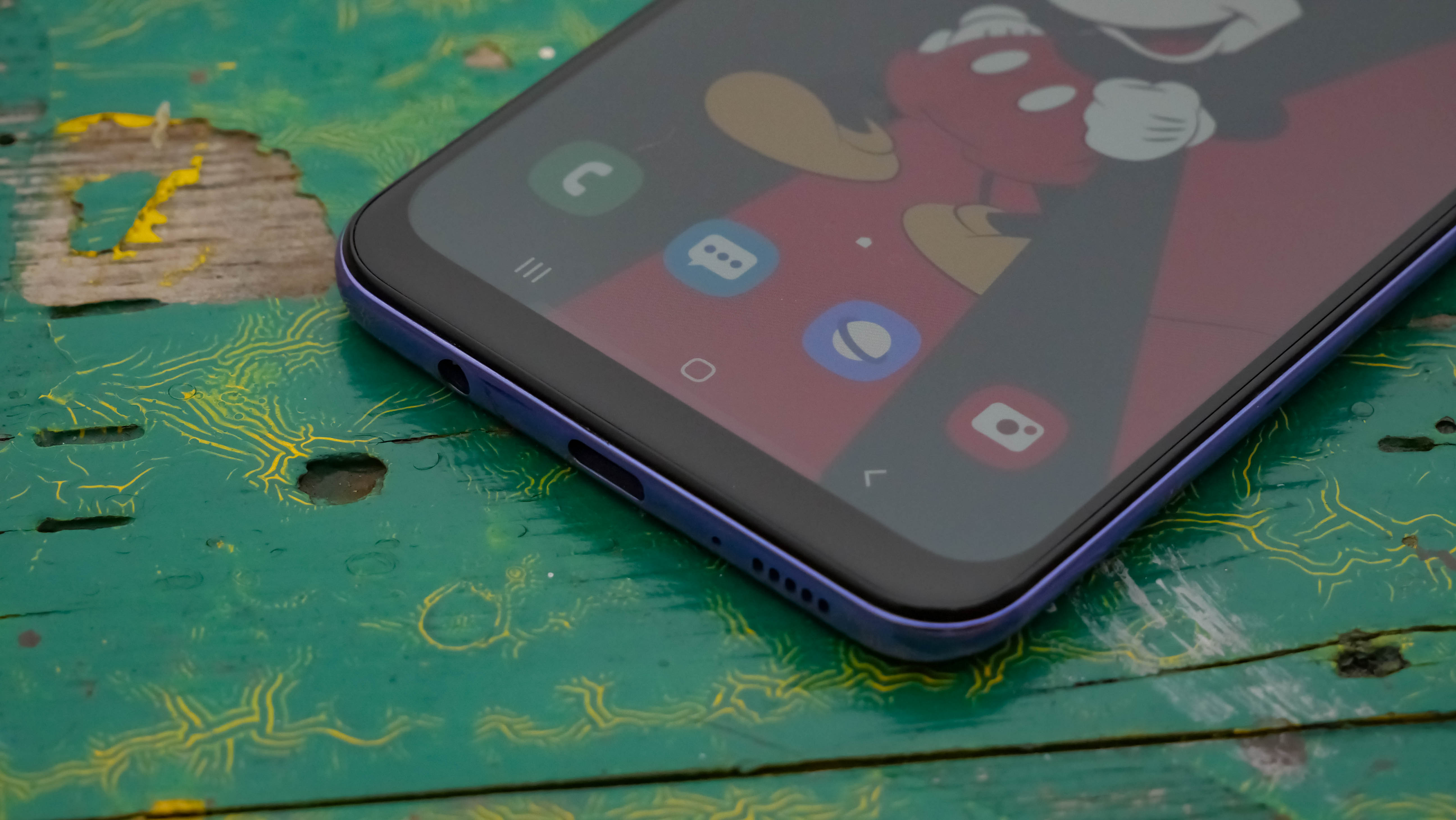
There are noticeable bezels surrounding the display flush with a u-shaped notch cutout. The bottom edge of the phone has a 3.5mm headphone jack, USB Type-C port and a speaker grill. There’s an additional one at the top of the notch cutout.
The Galaxy A50s has the same dimensions as the Galaxy A50, 158.5 x 74.5 x 7.7 mm and weighs 166 grams. It feels sleek in hand and doesn’t have too much heft attached so one can hold and use it comfortably.
Owing to its sleek profile, the Galaxy A50s feels lightweight in the hand and the prism-like reflective pattern on the back is a bit toned down from the previous generation.
Display

Samsung Galaxy A50s features a 6.4-inch Full HD+ (2340 x 1080 pixels) resolution display which uses a Super AMOLED panel. The u-shaped notch cutout on the front gives it a 19.5:9 aspect ratio and a 91.6% screen estate.
Given the size, we believe that this is the same display as we saw on the Galaxy A50. If that holds to be true, the screen is also topped with a layer of Corning Gorilla Glass 3 for additional protection.

We were impressed by the visual performance of the Galaxy A50 and just like it, the Super AMOLED screen on the A50s doesn’t disappoint. The display is able to produce bright, vibrant colours but sometimes tends to go over the warmer side of things. However, the u-shaped notch dubbed Infinity-U display cutout doesn’t hamper the overall viewing experience.
Samsung offers a bunch of options for users to tweak the display according to the comfort of their eyes. These options include a blue light filter mode, dark mode and two colour modes: natural & vivid. The phone also has an option to turn on Edge panels and support Edge lighting for notifications which are an added plus.
Overall, if one goes for the Galaxy A50s, they will not be disappointed by the viewing experience it offers.
Cameras

One of the most significant updates to the Galaxy A50s is its primary camera. It is now a 48MP sensor with an f/2.0 aperture and although Samsung hasn’t stated it officially, the sensor being used here is the Sony IMX582.
In addition to the primary camera, there’s an 8MP ultra-wide lens and a 5MP depth camera with an f/2.2 aperture. Both of these cameras use Sony IMX616 sensor.
The camera app features a dedicated night mode, best shot, scene optimizer with 30 presets and Super Steady Video mode. On the front, there’s a 32MP selfie camera with an f/2.0 aperture.
Now, the difference between Sony’s IMX582 sensor on the A50s and IMX586 on phones like the Realme X, Mi A3 or OnePlus 7 is minimal. Both the sensors have the same picture-taking capability but the IMX582 records upto 4K at 30fps while the IMX586 can do 4K at 60fps.
Samsung’s camera upgrades do improve the overall photography experience on the A50s. During the day, the camera created some good-looking pictures, however, the same cannot be said about its performance in dark environments.
The primary camera produces natural-looking pictures with a balanced and vibrant colour profile while it takes a bit of practice to nail down the shots from the ultra-wide-angle camera. This is also due to the fact that the ultra-wide lens doesn’t support tap to focus.
At night, the pictures taken on the A50s came out to be full of noise and even the camera app took a while to focus on the object we were tapping. Night mode inside the camera app does a better job in optimizing the pictures during the night and reduces noise. However, even that isn’t sufficient enough to improve the night-time performance of the A50s cameras.
As the phone sports a 48MP sensor, users can go into the camera app, tap on the picture ratio button and select 3:4H from the list of options to take a picture in full 48MP.
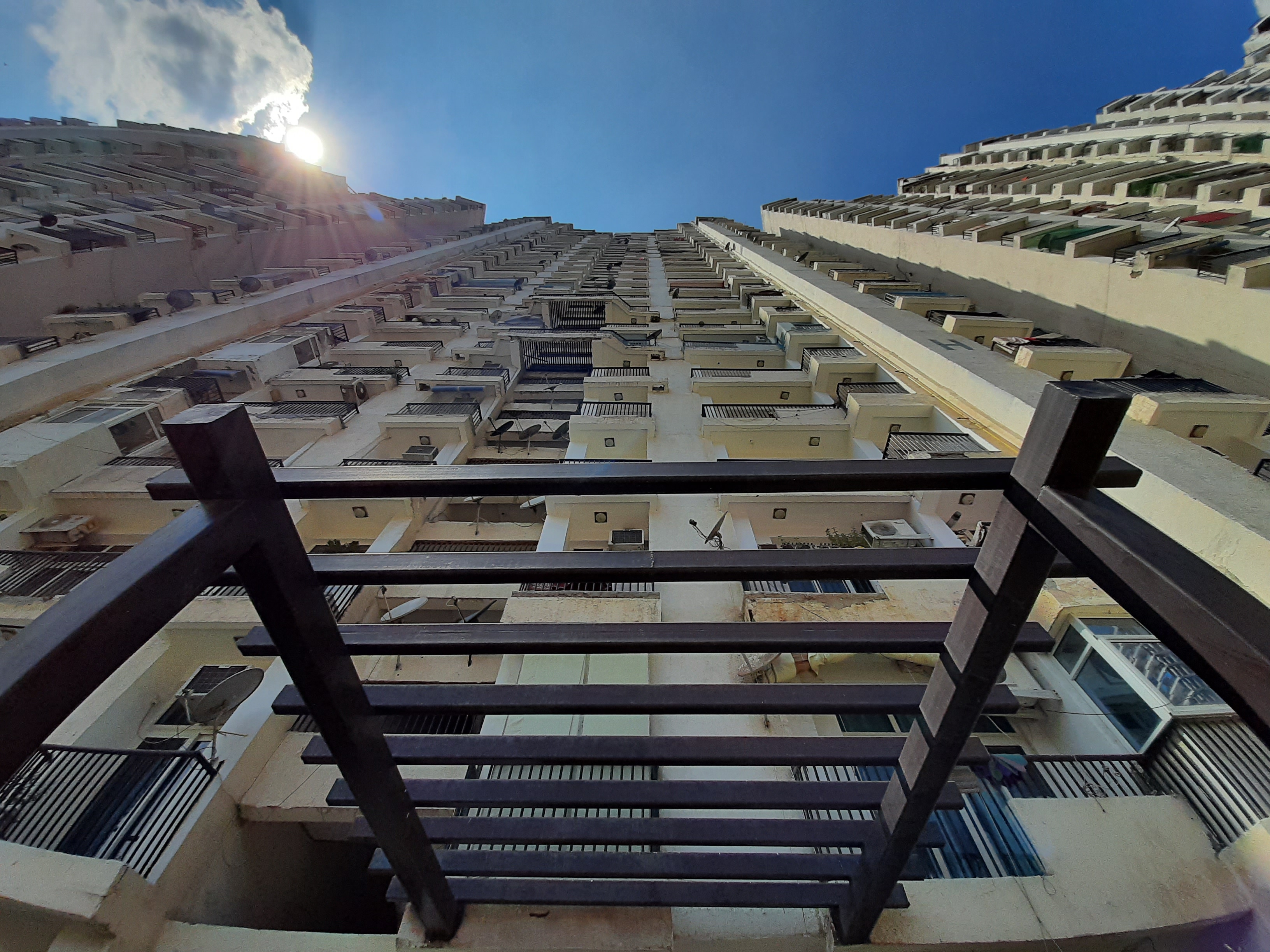
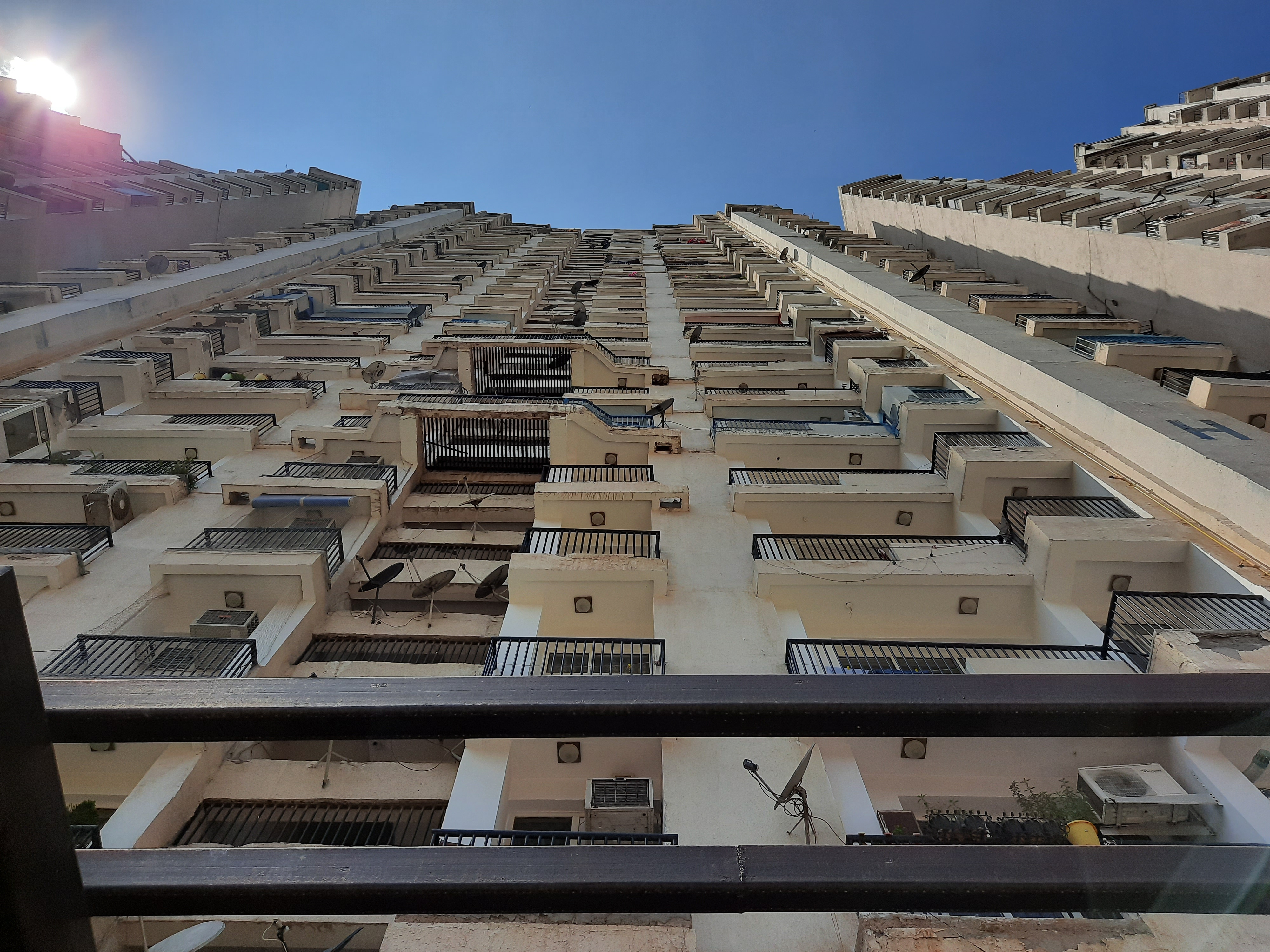






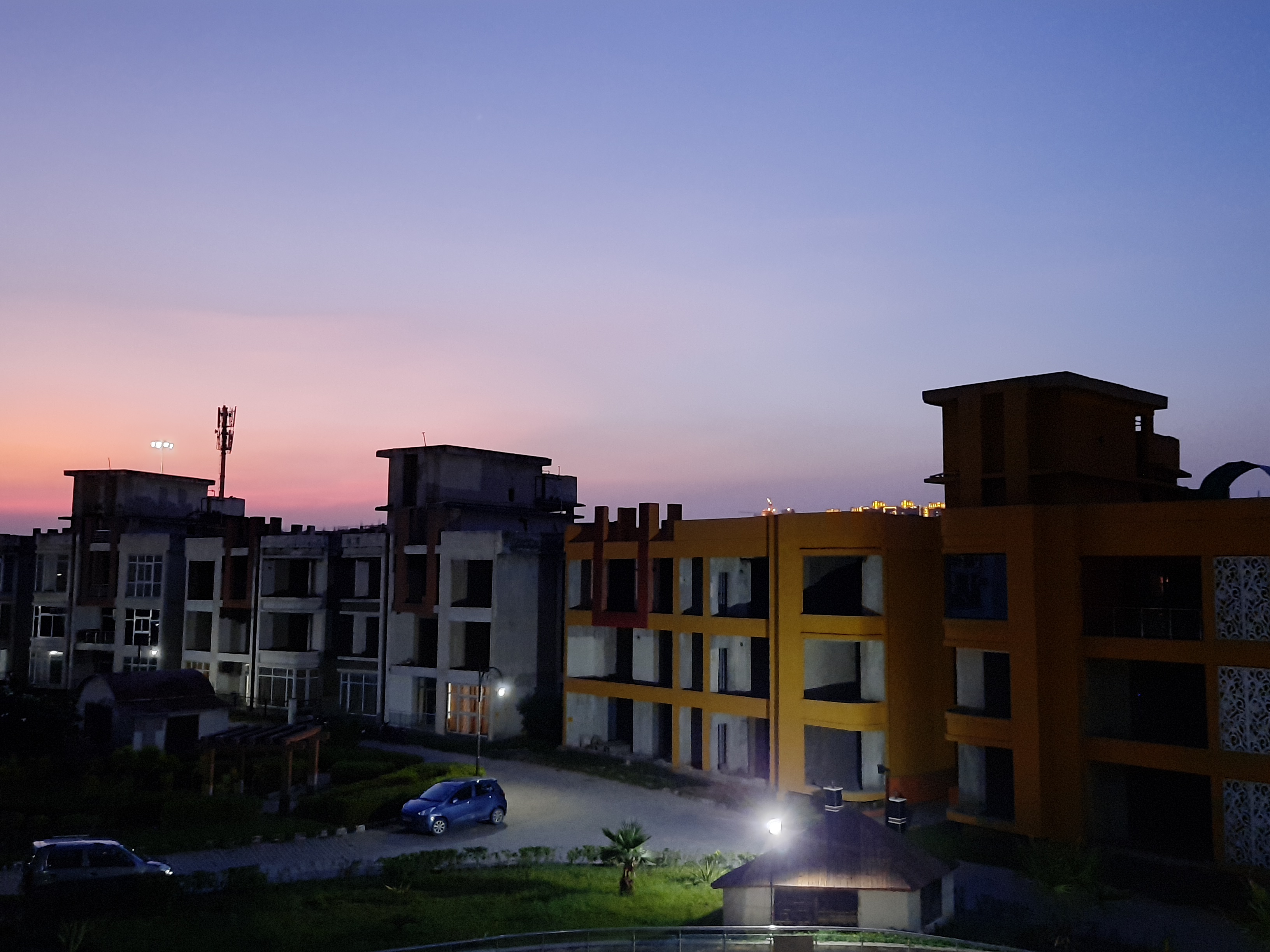


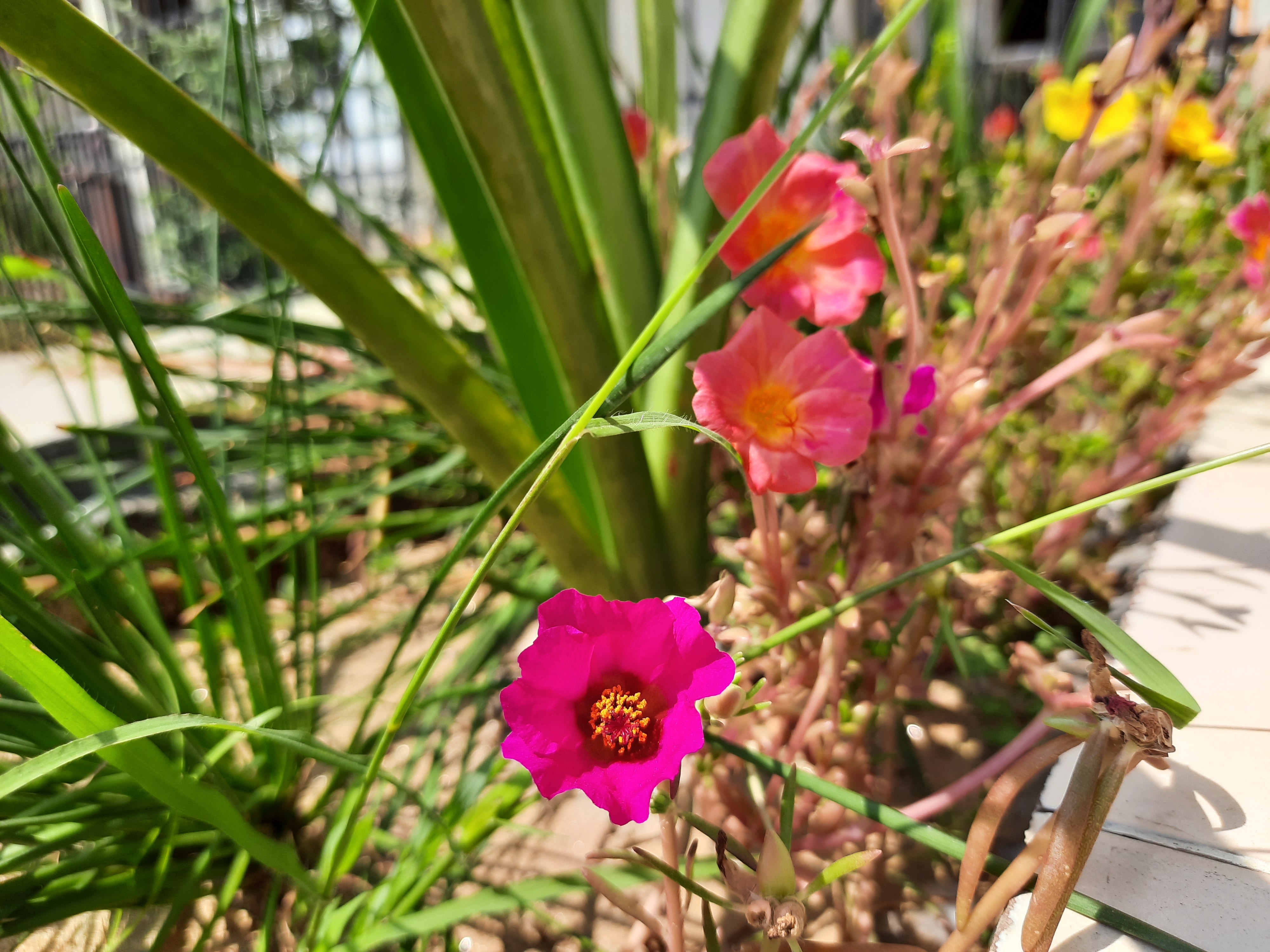







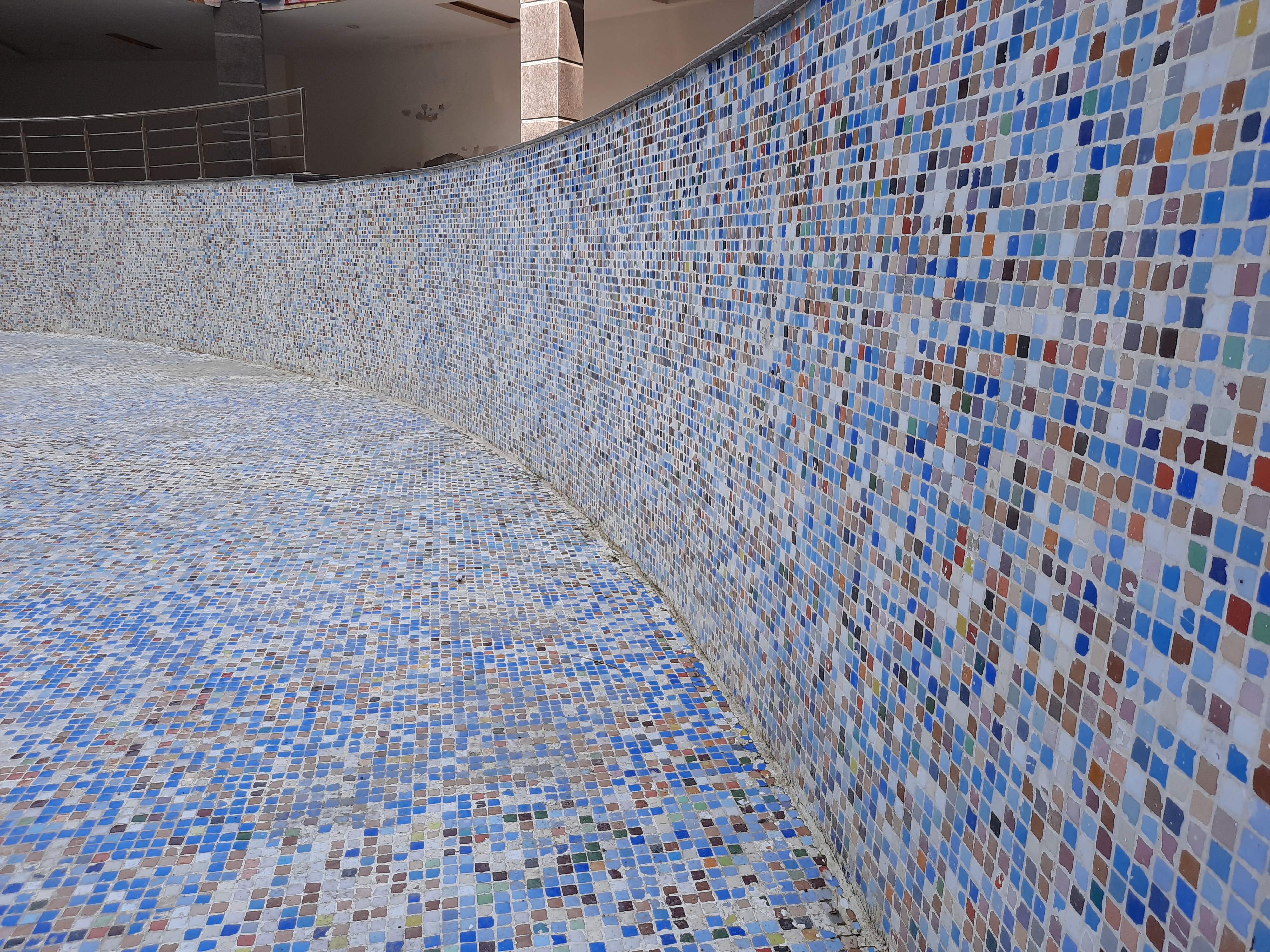
- 1
- 2
Current page: Overview, Design, Display & Cameras
Next Page Under the hood, Battery life & Verdict
- Siddharth Chauhan is the Consumer Technology Reporter at Digit India. He used to work as an Assistant Editor at TechRadar India
